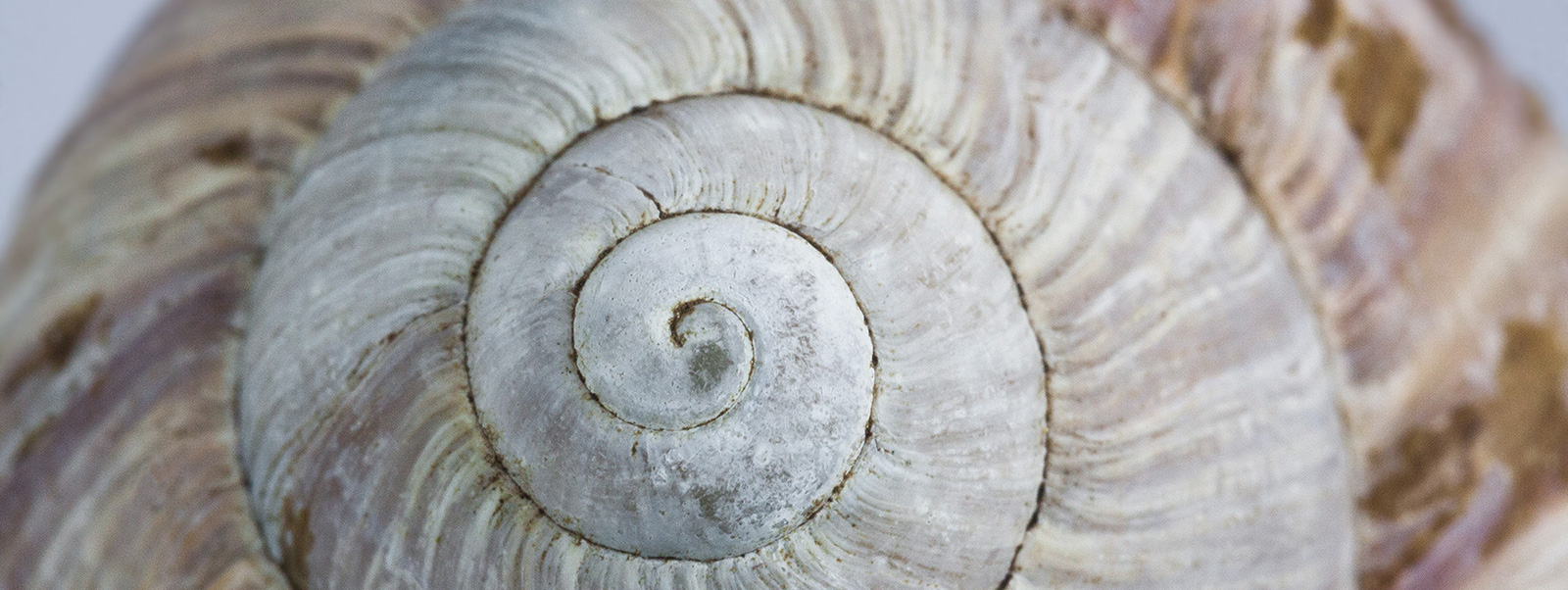Angel of the Morning
 As the slanting autumn sun burnishes the leaves and bleaches the tall grasses on the mountainside, I contemplate the intricate knot-work in the tapestry of tradition that human beings have woven across generations and clamorous centuries. The stores here are crammed with raisiny hot cross buns and ubiquitous Lindt gold bunnies. Shelves festooned with Hello Kittys, trucks and trains, rabbits and hens, all bearing bright foil-wrapped chocolate eggs. As Christians eat their sugary eggs, Jews celebrate the Passover Seder with matzah and other traditional paschal offerings. Resurrection or freedom from slavery may have a religious significance for many, and yet the potency of these holy-days is embellished by the deeper resonance of what lies beneath these relatively recent overlays of something more primal, more irrevocably solid.
As the slanting autumn sun burnishes the leaves and bleaches the tall grasses on the mountainside, I contemplate the intricate knot-work in the tapestry of tradition that human beings have woven across generations and clamorous centuries. The stores here are crammed with raisiny hot cross buns and ubiquitous Lindt gold bunnies. Shelves festooned with Hello Kittys, trucks and trains, rabbits and hens, all bearing bright foil-wrapped chocolate eggs. As Christians eat their sugary eggs, Jews celebrate the Passover Seder with matzah and other traditional paschal offerings. Resurrection or freedom from slavery may have a religious significance for many, and yet the potency of these holy-days is embellished by the deeper resonance of what lies beneath these relatively recent overlays of something more primal, more irrevocably solid.
At this turning time in the cycle of the seasons, the Moon is in her full luminescence in the sign of Libra, as she dances across the skies in full view of her fiery consort, the Sun in the sign of Aries on April 6th. Few of us glimpse the glittering brilliance of the stars or the silvery orb of the Moon from beneath the saffron cloud of our polluted cities. Yet this change in season, marked by the vernal equinox on March 21st, is a portal time in the cycle of the year, more powerful than hollow abeyances to the god of commerce. The cosmologies of our ancestors marked the coming of the spring as a time of fertility and re-birth, as the tender buds of spring unfurled and winter released it’s cruelly tenacious grasp on the frozen land. Before modern observances, Eostur-monath was a month of feasting in honour of the Proto-Indo-European goddess of the dawn. Like the dawn, this was a sacred time of birth – the welcome coming of the new sun. Perhaps the first hopeful blushing of the the morning sky heralded a sense of possibilites, the comfort of continuium, after the inky blackness of unsullied night skies. To the ancient Egyptians, the goddess Nut watched over sleeping souls until the dawn. The russet-stained sky signified her birthing of the sun. Ishtar, was the Lady of the Dawn to the Sumerians, and the ancient Greeks counted their days by mornings, so Eos was the rosy-cheeked goddess of day break. Aurora birthed the new day in the Roman world-view.
To secure a cornerstone in a life that feels more honest, more authentic, perhaps we might consider that beneath the veneer of our traditions, those things we do, eat, drink and say, at certain times of the year, there may be a fecund well-spring of something more quenching. Our souls require nourishment. Without nutrients we may feel a debilitating numbness, a slippery tendril of despair, that enfolds us in the stifeling grip of melancholia or the dry rattle of meaninglessness. In this lifetime, we may never walk the Camino, visit Mecca, Machu Picchu, Lourdes or Avebury, never set our footprints on a sacred pilgrimage to a holy place. We may never sit in a church or a temple to feel a connection to the Divine. Perhaps we may invite that sense of the sacred into these markers of our days – the dawn, the sunset.
In our hive-like cities, our manicured parks, in the shrinking wild places on this planet, we may come across an ancient rock, a leaf-spangled tree, a small patch of grass that feels holy, timeless. In our offices, in our homes, it may be a cloud passing our window, the sound of birdsong above the throb of the traffic, that transports us in an instant, to a sacred place of holiness. A friend of mine who works in a noisy open plan office plugs herself into Celtic Women, and is transported into a deeply nourishing place that resonates and restores. Another infuses her soul in a weekly drumming circle, another has a special stream on the mountainside that energises her spirit, and yet another lights a candle and places it beside her bath in a soothing ritual that allows her a hiatus in the doingness of her life.
Being present in those soulful places, or with those people who make our hearts expand, can lift our resonance to a higher vibration. Being mindful of the significance of these holy-days in our tapestry of tradition, can ignite a sense of renewal within the customs and the ceremonies that bind us to the past, gifting us with a sense of continuity. We can choose to invite the refined essence of the soulful into our everyday lives, to consciously seek out experiences that make our hearts expand, our spirits soar above the banal. So this holy day weekend, perhaps we might set the intention to do less, rather than more. Accept, flow into, breathe into the unexpected gift of a traffic jam, or a long queue in the supermarket. We can choose to take a moment of silence at dawn, or to witness the soft silent sinking of a marmalade sun. We can set aside soulful times to reflect, to soften, to smile, to be in the moment, grateful for the Angel of the Morning who comes to bless our new day with wonder.
Here is A Morning Offering by John O’ Donohue to place on the altar of your holy days:
I place on the altar of dawn:
The quiet loyalty of breath,
The tent of thought where I shelter,
Wave of desire I am shore to
And all beauty drawn to the eye.
May my mind come alive today
To the invisible geography
That invites me to new frontiers,
To break the dead shell of yesterdays,
To risk being disturbed and changed.
~ I was inspired by the magical art of self-taught artist, Amanda Clark.
Here to remind you, is Olivia Newton John’s version of Angel of the Morning.



